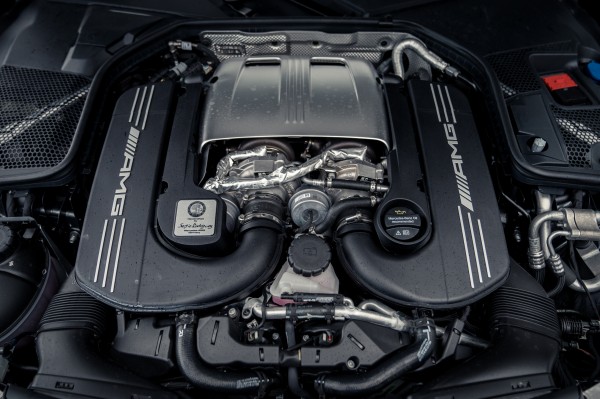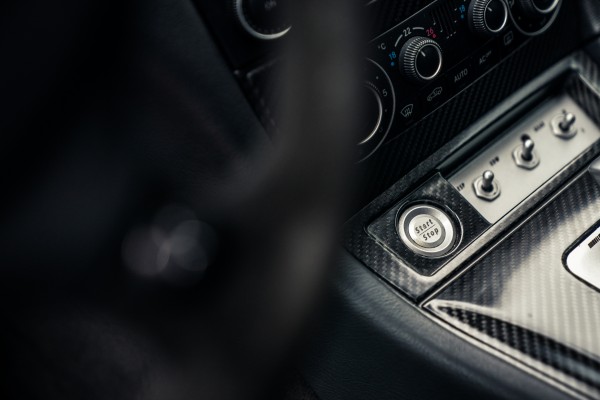Celebrating 50 years of AMG: A look at Mercedes-Benz's famous high-performance division
This year marks the 50th anniversary of AMG. We take a brief look at the high-performance company’s history

Back in 1967, AMG Motorenbau und Entwicklungsgesellschaft (or AMG Engine Production and Development for our non-German speaking readers) was founded by former Mercedes engineers Hans Werner Aufrecht and Erhald Melcher. The three letters were made up of the two founder’s second names, along with Großaspach – Aufrecht’s town of birth. Both worked at the Daimler-Benz Development department. T
That little partnership celebrates its 50th anniversary this year, which is why we’ve taken a look at what has gone into making AMG one of the most successful performance divisions of all time.
It was in 1971 that an AMG Mercedes 300 SEL 6.8 – later called the ‘Red Pig’ – won second place in the 24 Hours of Spa – a mammoth victory for a car with such humble origins.

Ten years later, the company became a key modifier of Mercedes-Benz vehicles and moved to Affalterbach after outgrowing its original location. It’s here that AMG has remained – and it’s the town’s famous apple orchards that are the inspiration behind the brand’s tree logo.
However, rather than shunning AMG as just another tinkerer, the German manufacturer signed a ‘cooperation contract’ with it in 1990 – allowing it to use its entire dealer network and produce vehicles based on Mercedes-Benz’s own. A third production plant was opened, and the workforce shot up in size by 400.

The first car that was born as a result of the partnership came in 1993 – the C36 AMG. It featured tuned suspension, a four-speed (yes, four – this is 1993) automatic gearbox and a 3.6-litre straight-six engine that produced 276bhp. Though its 5.8-second sprint to 60mph is achieved by many quicker diesels today, it was enough to scare the BMW M3 of the time.
Now, in 2017, 50 years after the creation of AMG, the company has a broader line-up of vehicles than ever before, exhibiting a seamless integration between itself and Mercedes-Benz’s vehicles. What began with just two people is now and organisation with more than 1,500 employees – and delivered close to 100,000 units in 2016.

Despite this substantial growth, AMG remains a ‘one man, one engine’ company. This means that from the very start of engine production to the finish, just one technician is involved. At the end, they get to apply their personal nameplate to the engine – something you’ll see on all modern AMG vehicles. The AMG range now comprises of over 40 different models, ranging from hatchbacks to convertibles and even six-wheeled off-roaders.

One of its latest – and arguably greatest – products is the AMG GT R. Powered by a 4.0-litre V8, it produces 577bhp and will hit 60mph in 3.4 seconds. It also displays all of the muscular and beefy styling cues that AMG has become renowned for. It may not be the most powerful car that the company has ever produced, but thanks to track-led touches such as carbon fibre front wings, rear spoiler and active rear-wheel steering, it’s one of the most dynamic.

Yet, despite these huge technological advances, AMG remains as true to its mechanical heritage as ever. So what does the future hold for the little company from Affalterbach? Hybrid technology is undoubtedly the key. We’ve already seen the SLS AMG Electric Drive utlising an all-electric powertrain, though it’s surely not long until we see hybrid technology being implemented in a wider variety of AMG cars.

One thing’s for certain – the future of AMG will, surely, be fast.





